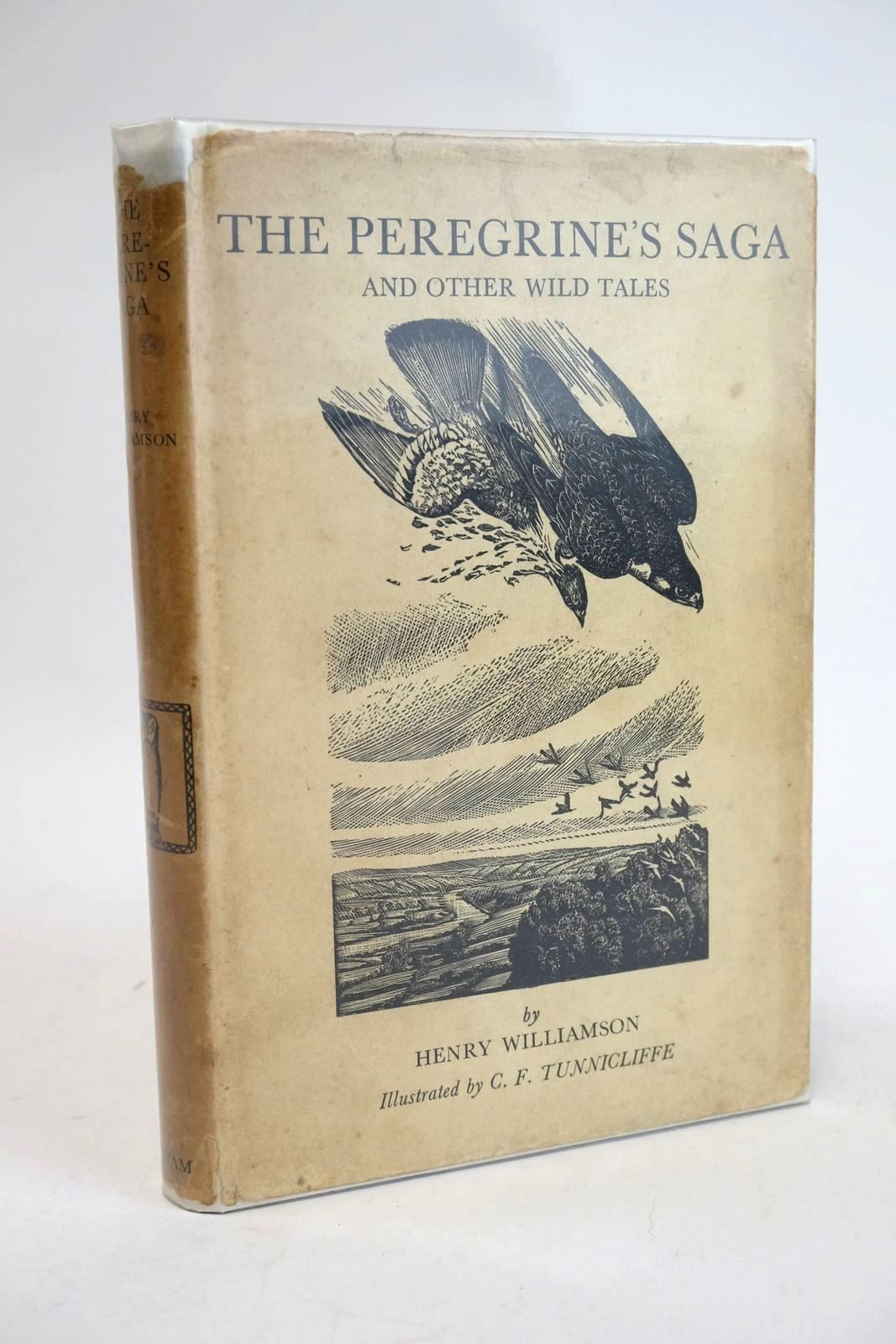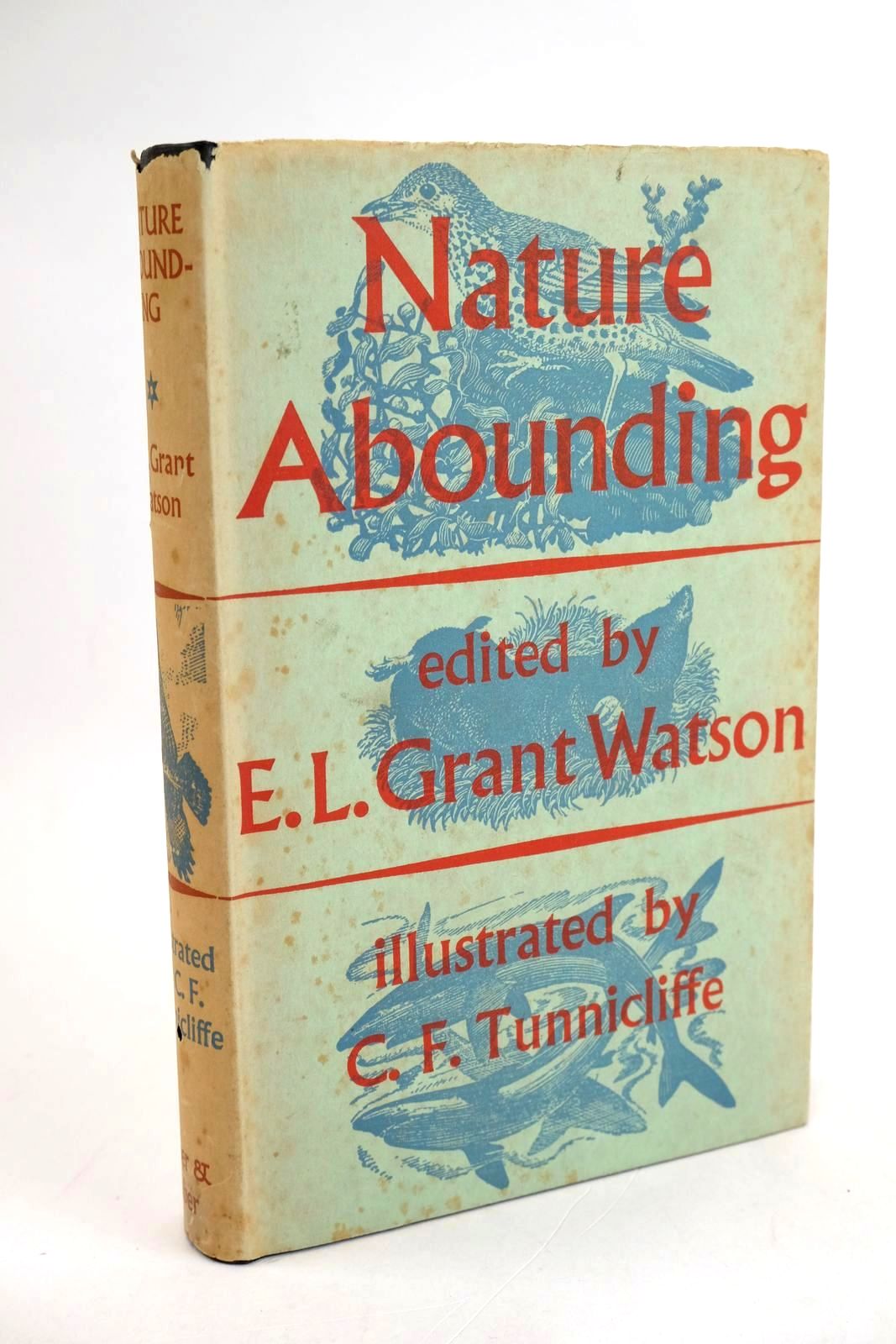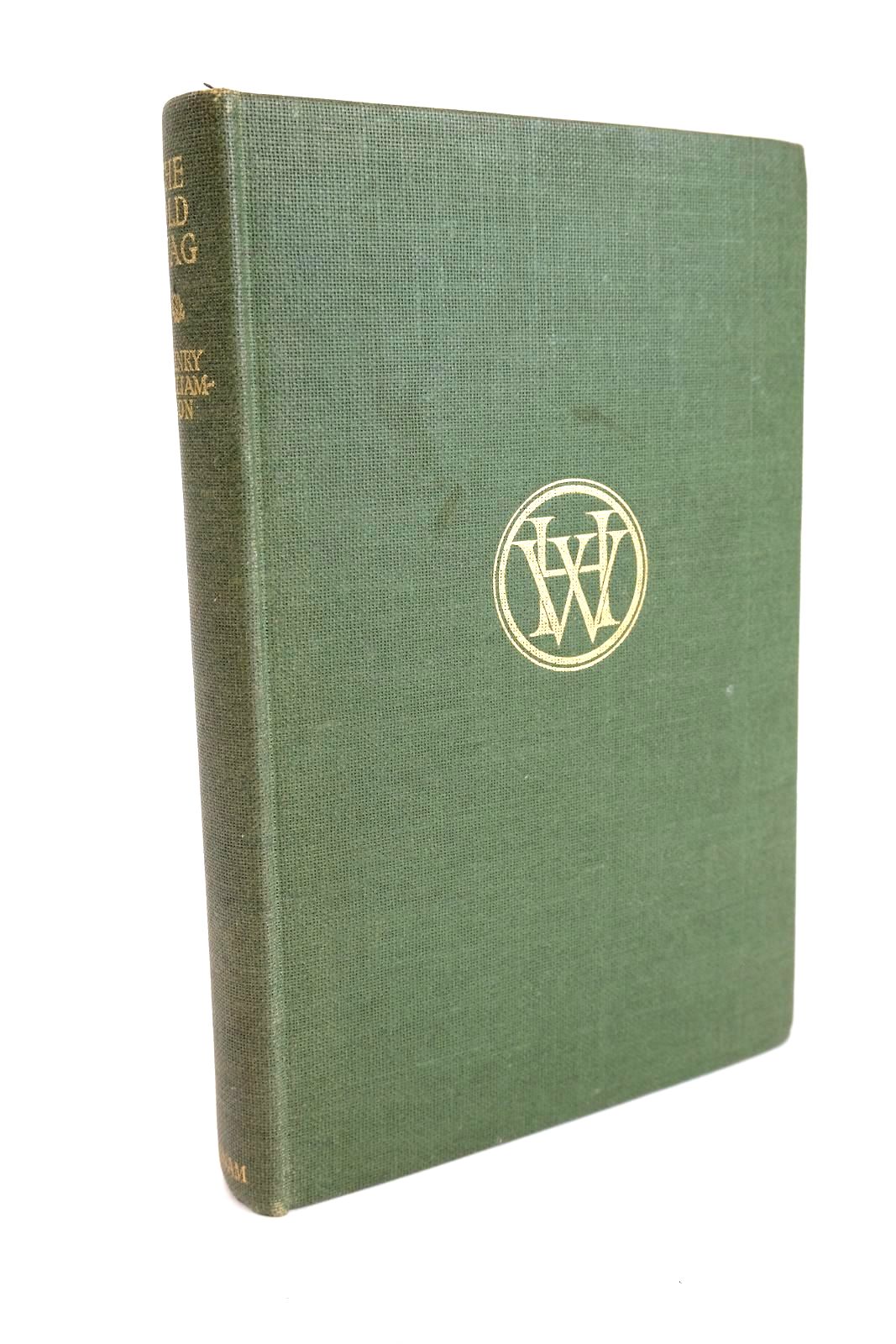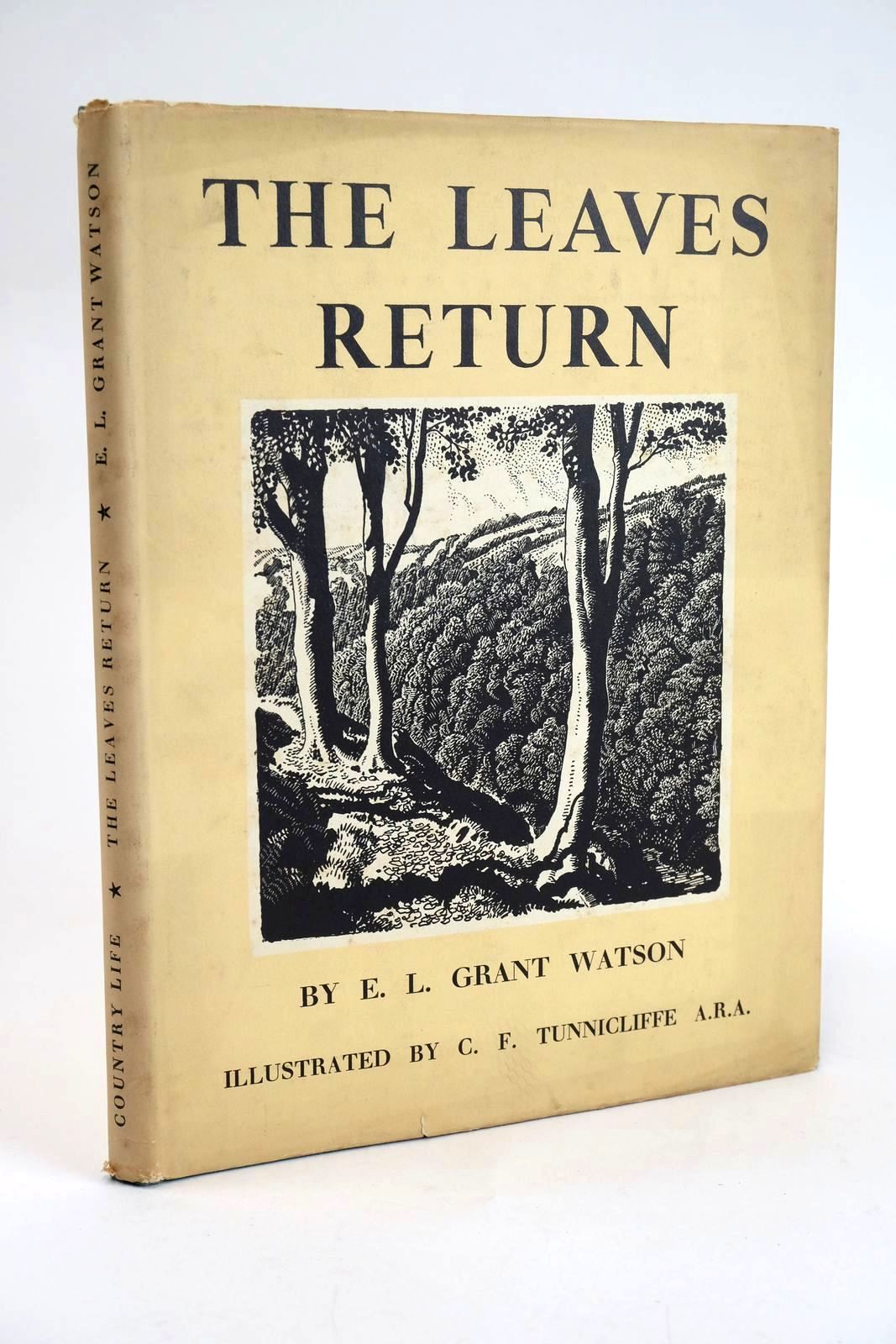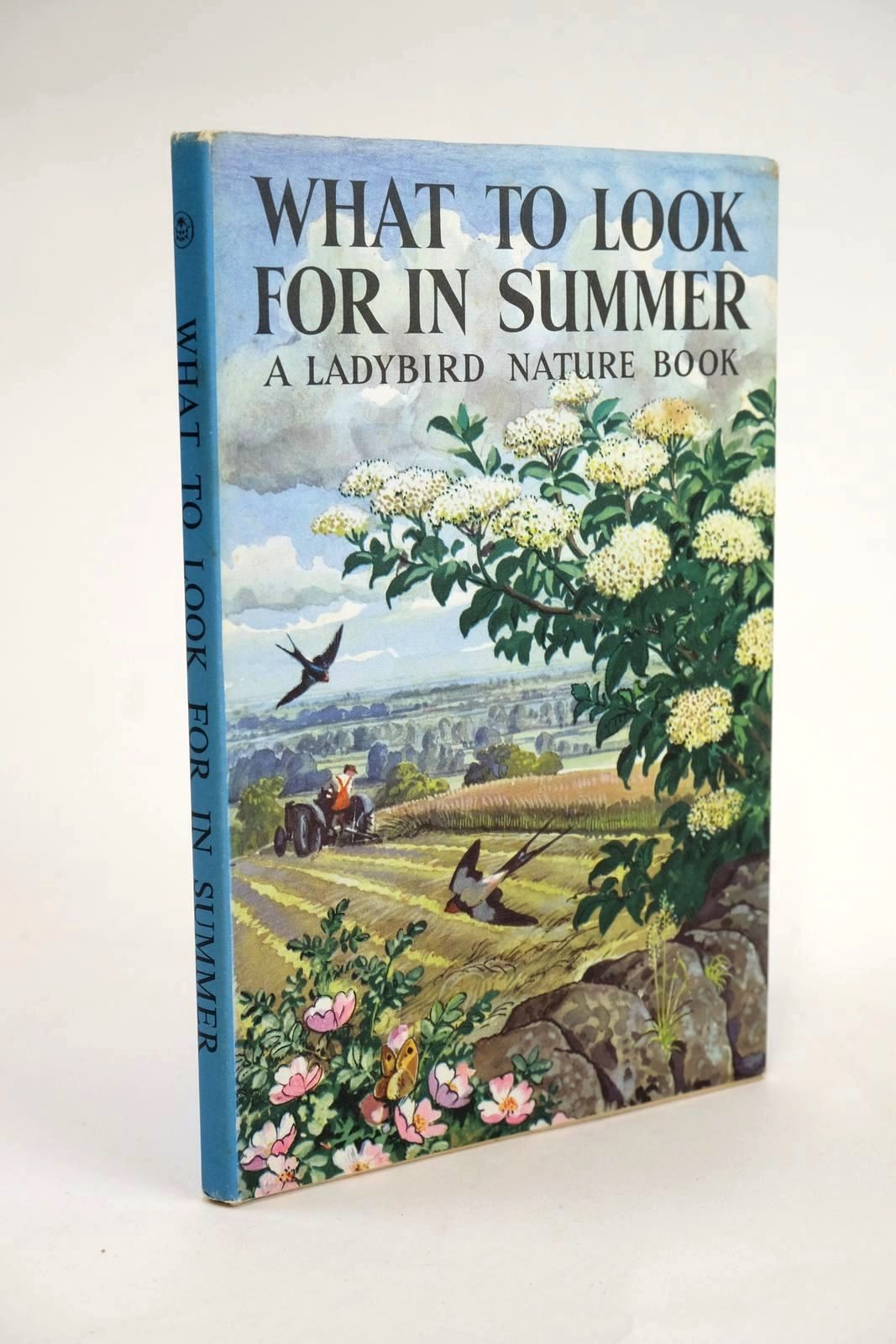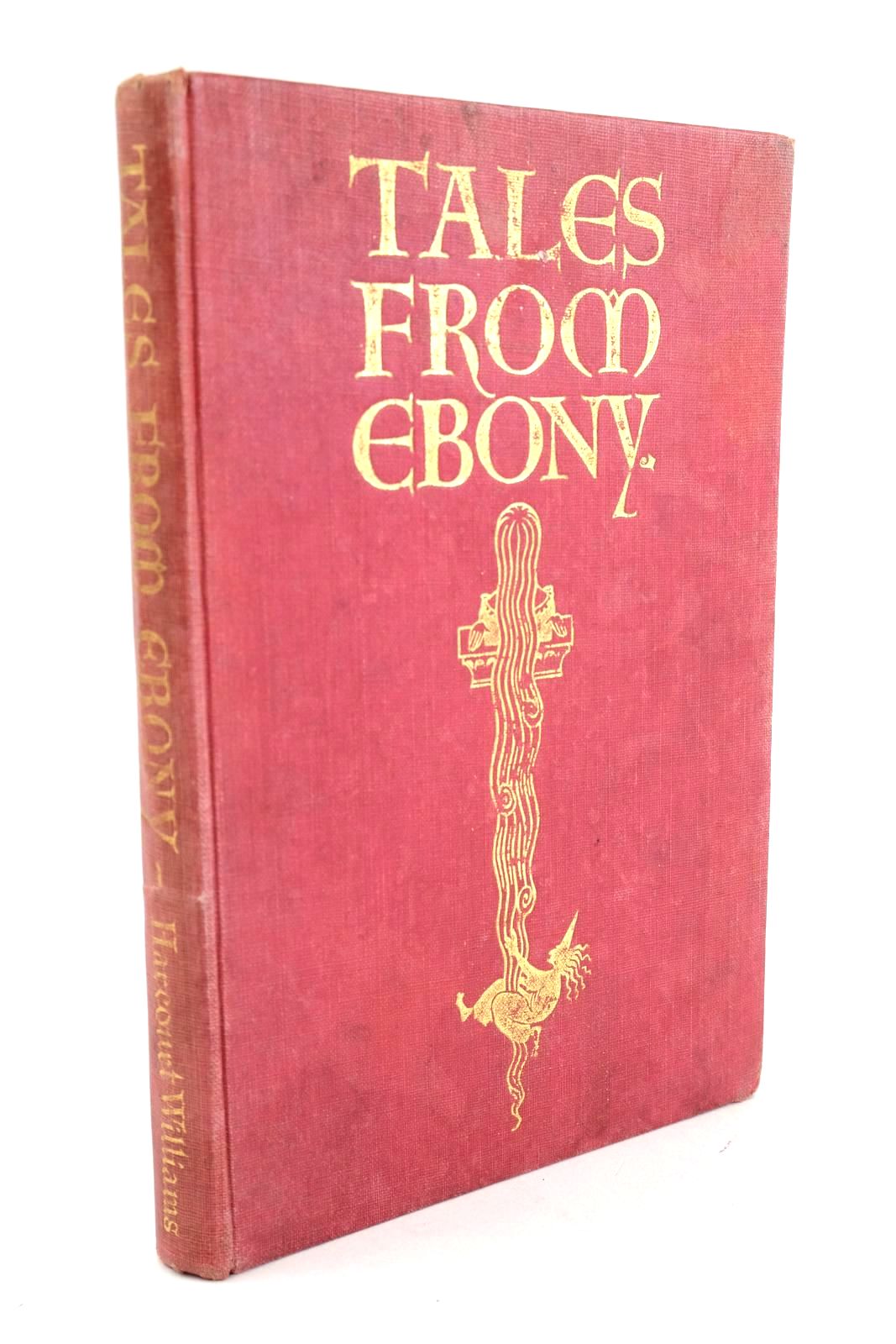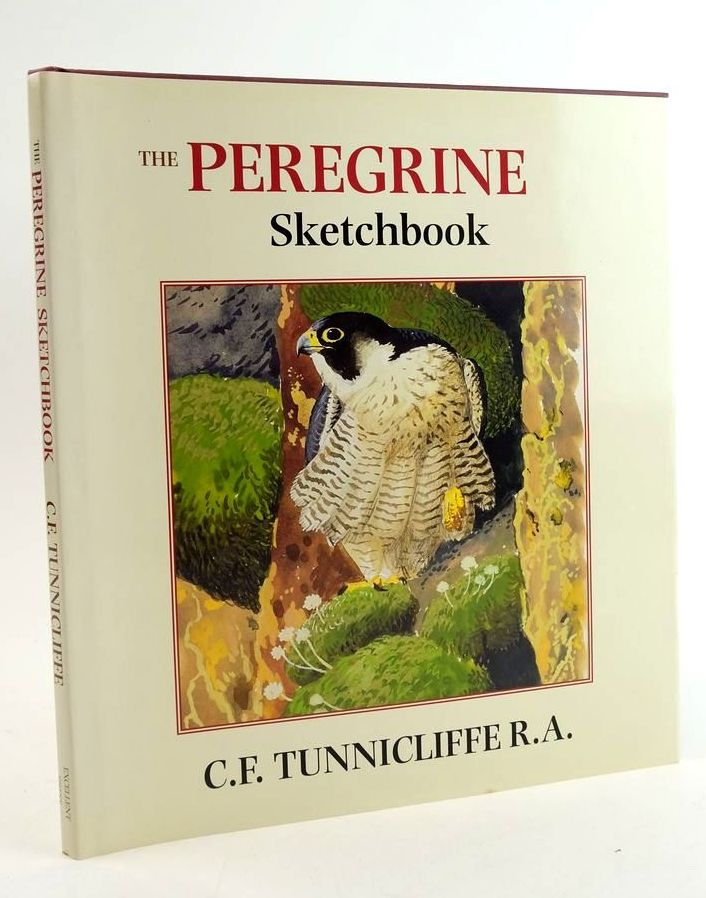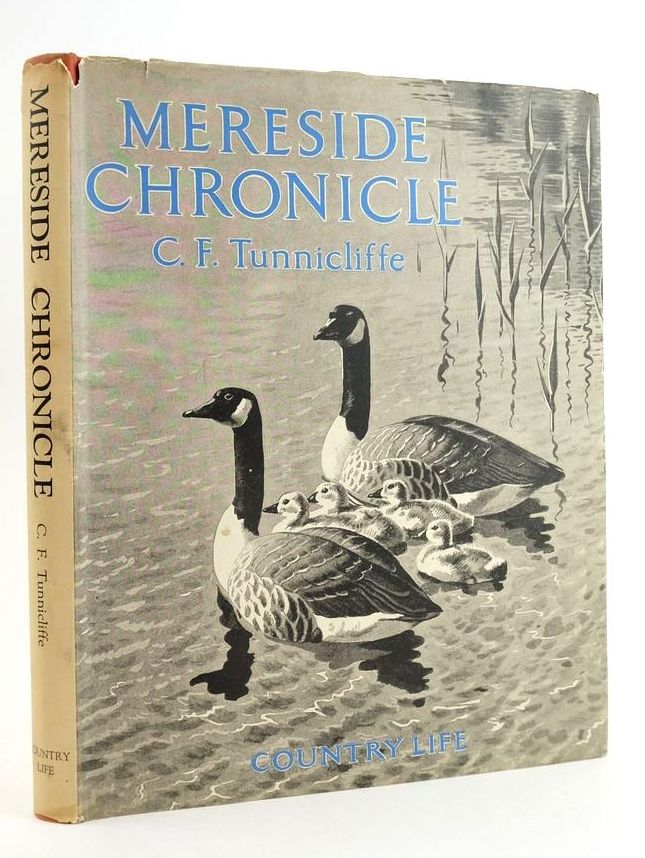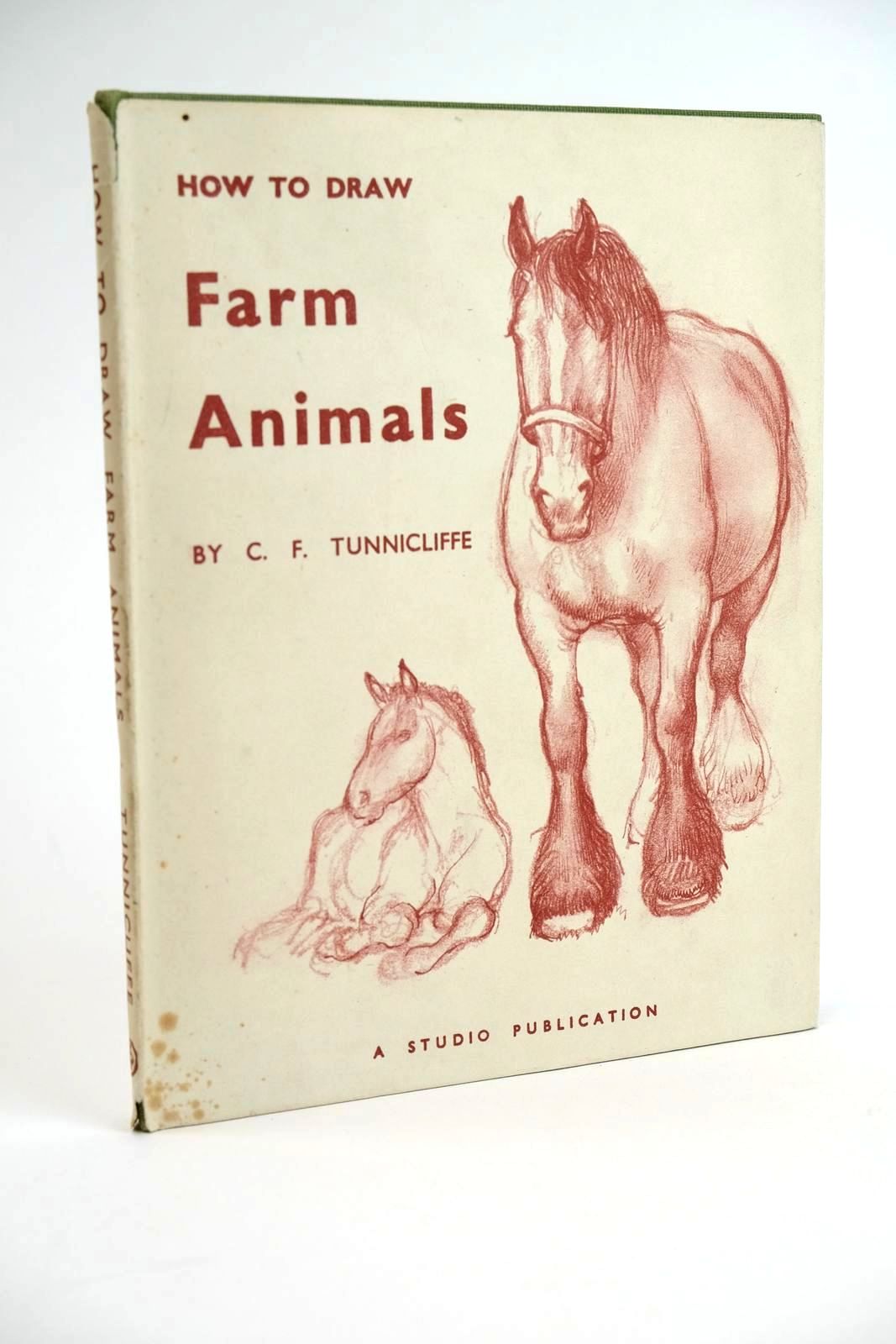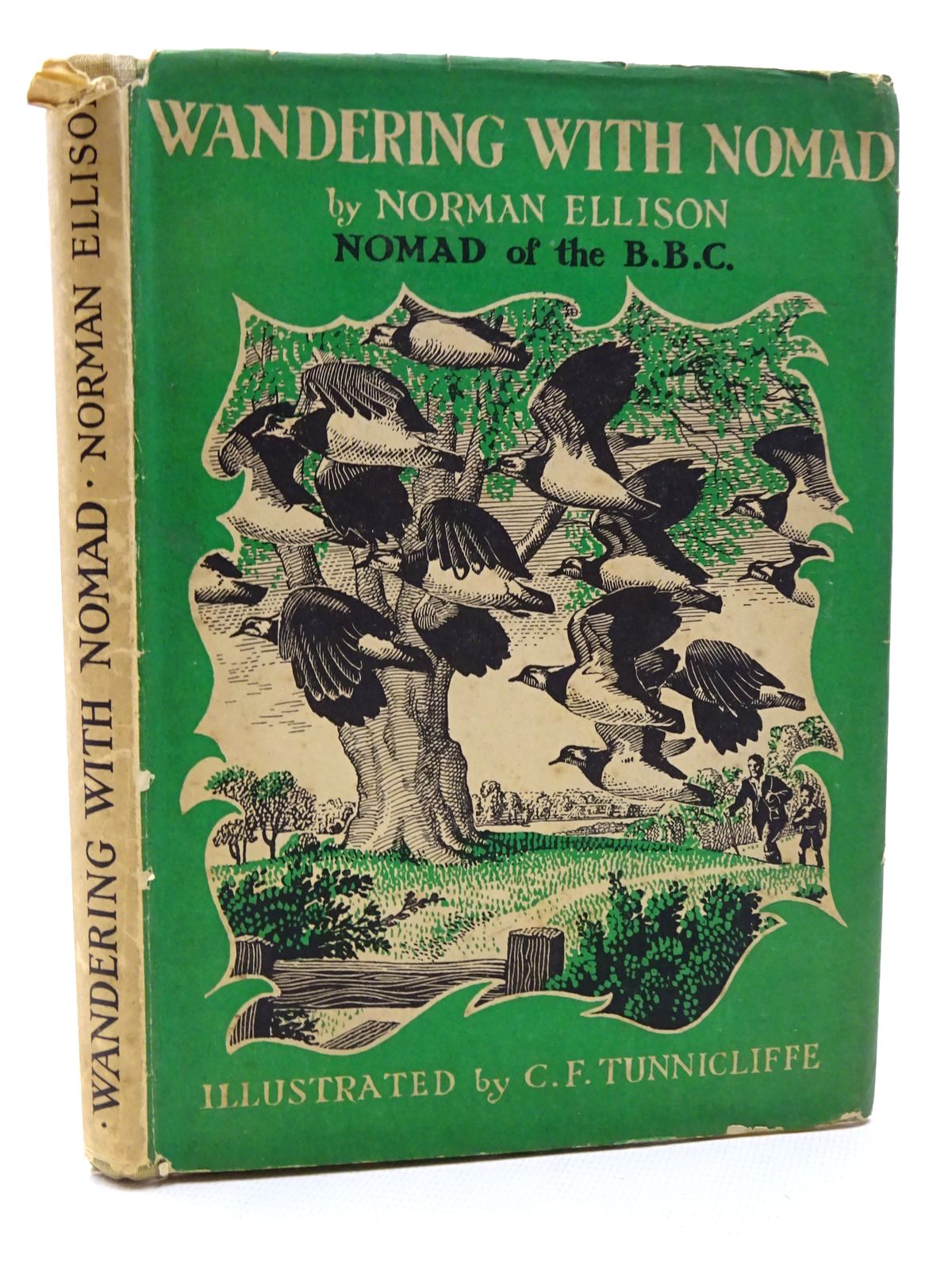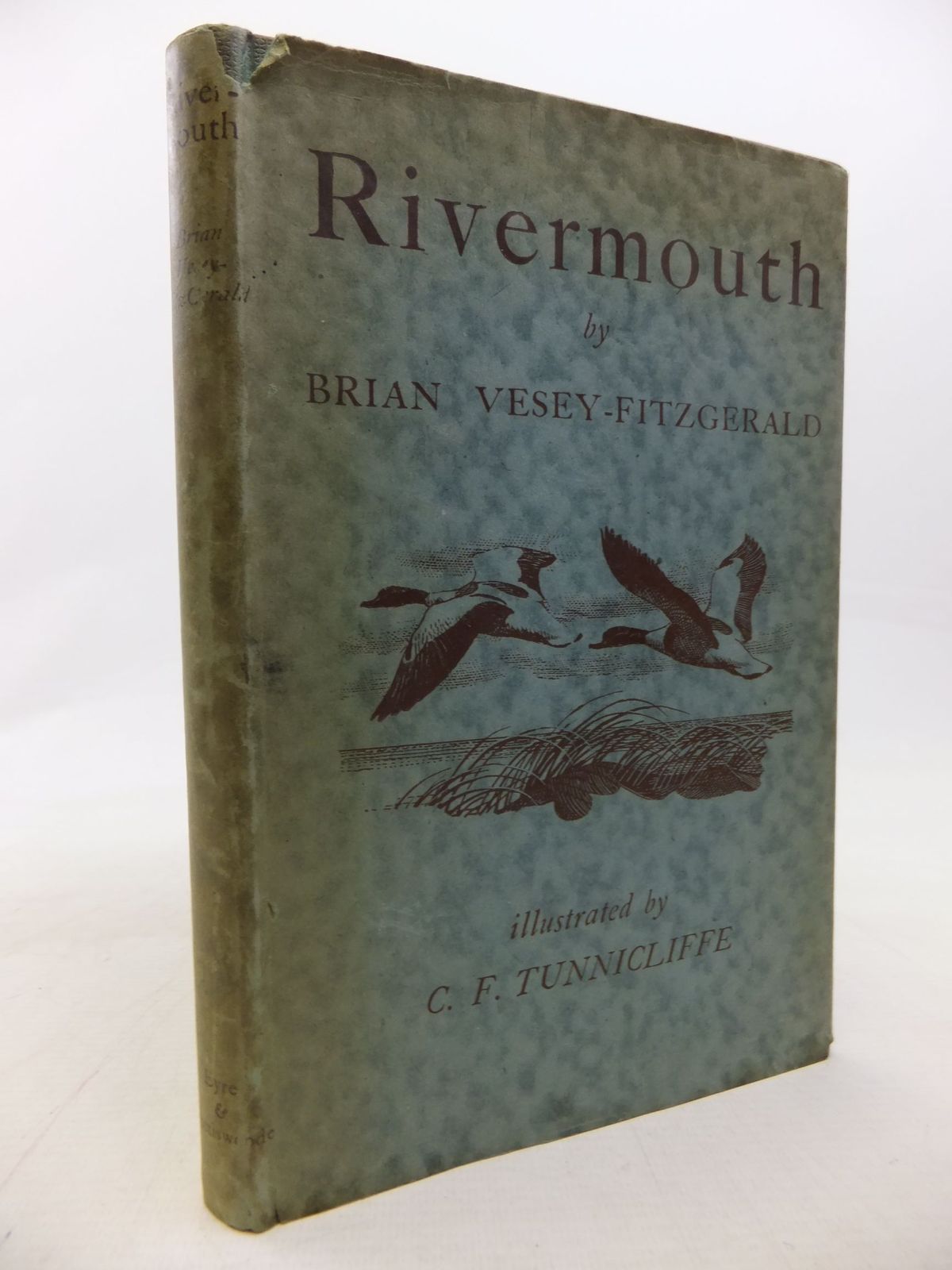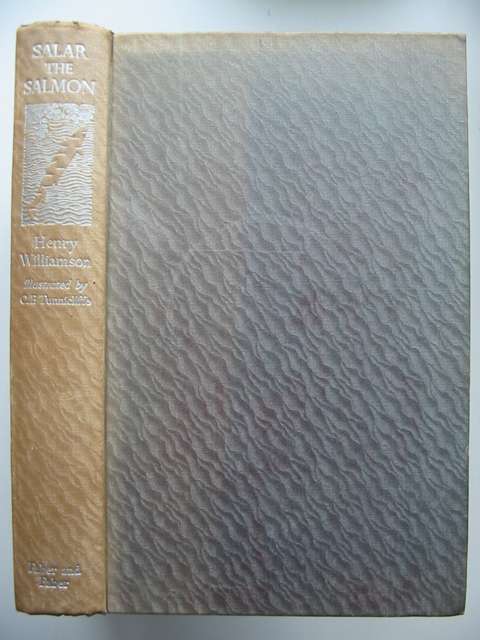C.F. Tunnicliffe
View current stock of C.F. Tunnicliffe books
It is often illustrations that people remember from childhood books. They can describe the illustration but have no idea who produced it. I am no exception as I can remember illustrations from the Ladybird book 'What to look for in Winter' very clearly but it is only recently that I have discovered that they were by C.F. Tunnicliffe.


Above: Tunnicliffe illustrations from 'Mereside Chronicle'
Charles Frederick Tunnicliffe was born on 1st December 1901 in Langley near Macclesfield in Cheshire. When he was eighteen months old the family moved to a farm at Sutton Lane Ends where Tunnicliffe spent the rest of his childhood. Tunnicliffe's interest in art began here and his drawings would appear on the walls of the cowshed and stable! His artistic talent was recognised by the Headmaster, Buckley Moffat, and Charles went on to attend the Macclesfield School of Art as well as going to the Manchester School of Art one day a week.
Aged nineteen, Tunnicliffe won a scholarship to study at the Royal College of Art in London. Here he gained a diploma with distinction in 1923 and decided to stay in London to work as an etcher and engraver. He would also visit London Zoo and the Natural History Museum to sketch animals and birds. In 1928 Tunnicliffe returned to his native Cheshire to live in Macclesfield. Shortly after arriving back he married Winifred Wonnacott, a teacher whom he had met in London. They settled down to life together with Tunnicliffe working as a commercial artist producing illustrations for advertising companies selling farming supplies. In his leisure time Tunnicliffe would sketch and paint the local landscape, animals and birds around Macclesfield.



Above: illustrations from 'Beasts Royal'
His first book illustration came in 1932 when he illustrated 'Tarka the Otter' for Henry Williamson. Thus began the start of a long relationship which was not always harmonious. The relationship ended when Williamson criticised the size of the salmon's fin in one of Tunnicliffe's drawings. Tunnicliffe spent a lot of time studying the subjects of his drawings, doing endless sketches and taking measurements to ensure the drawings were as accurate as possible.
At this time Tunnicliffe was also commissioned to produce illustrations for other writers including, Alison Uttley, H. E. Bates, Ronald Lockley and Ernest Hemingway. He also contributed to magazines such as Countrygoer, Tatler and Bystander. The advent of the Second World War saw Tunnicliffe take up a post teaching art at Manchester Grammar School whilst still fulfilling commissions for books and magazines.



Above: Illustrations from Our Bird Book
During the war the the Tunnicliffes would holiday on Angelsey. They particularly liked the estuary around Mulltraeth Bay and in 1947 they moved to a house here called Shorelands. Tunnicliffe could study the bird life he loved as many species of birds both native and migratory would gather here. The drawings he produced are superb – technically accurate and precise but he also took care to show the bird in its natural habitat. His work was often included on the cover of, as well as inside, the magazine produced for the Royal Society for the Protection of Birds. He was awarded their Gold Medal in 1975 in recognition of his work.
For many years Tunnicliffe would exhibit work at the Royal Academy of Arts in London. In 1949 he became an associate of the Royal Academy and in 1954 a Royal Academician. He was honoured with a 'Members Exhibition' in 1974.



Above: illustrations from Salar the Salmon
Tunnicliffe believed that his work should be available to everyone. Producing illustrations for Ladybird books and for Brooke Bond tea cards certainly made sure of this. But Tunnicliffe also undertook private commissions. There was often a backlog of requests but he tried not to turn any down. I wonder how many people own an original Tunnicliffe!
Winifred Tunnicliffe died in 1969 and Tunnicliffe immersed himself more than ever in his work, only slowing down when his eyesight began to fail. In 1978 he was awarded the OBE. Charles Tunnicliffe died at Shorelands in 1979. Much of his personal collection was bequeathed to Anglesey council on the understanding that it would be kept together and be made available for public viewing. It is housed at The Oriel Ynys Mon. People the world over can enjoy his work in the many books he illustrated.
Information for this article gleaned from the Charles Tunnicliffe Society website.
Contributed by Catriona
(Published on 16th Apr 2015 )


